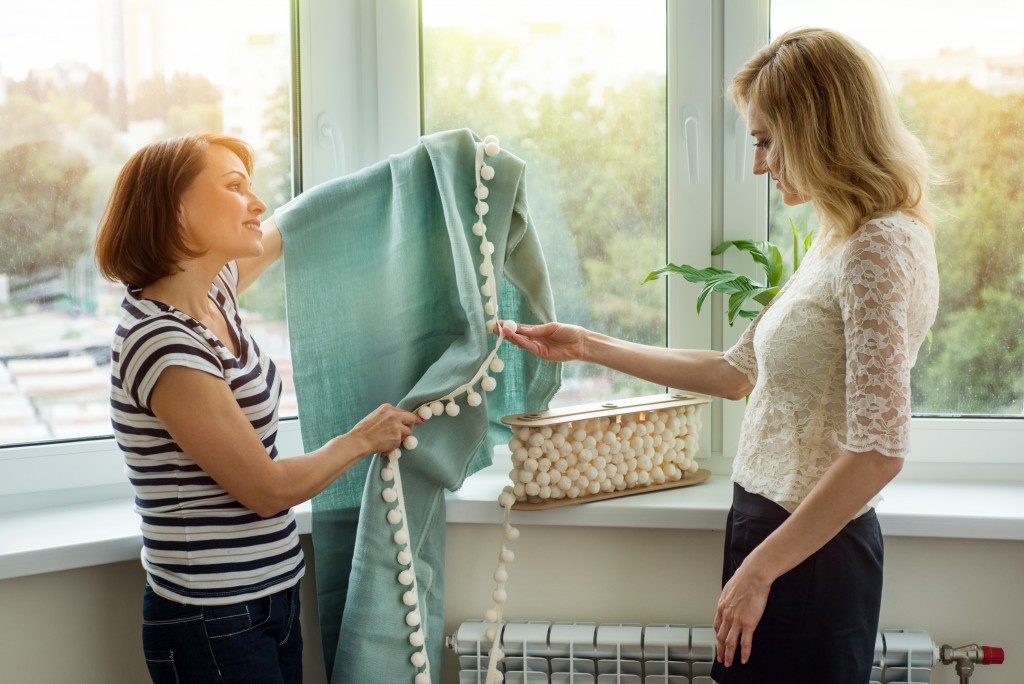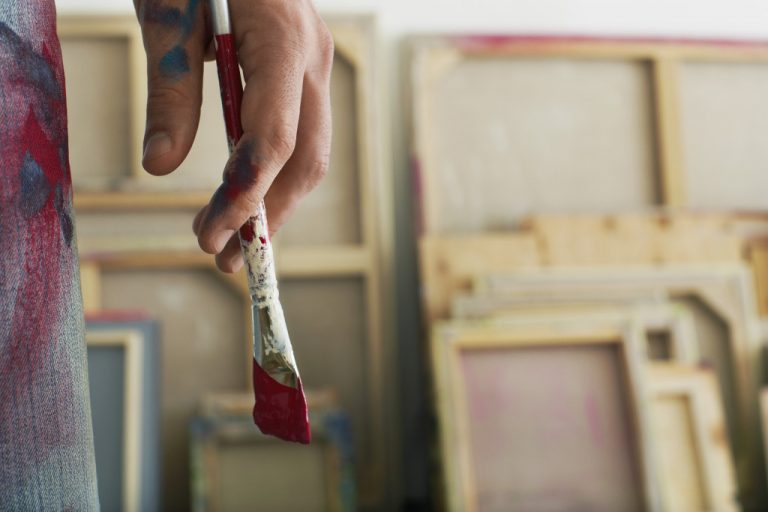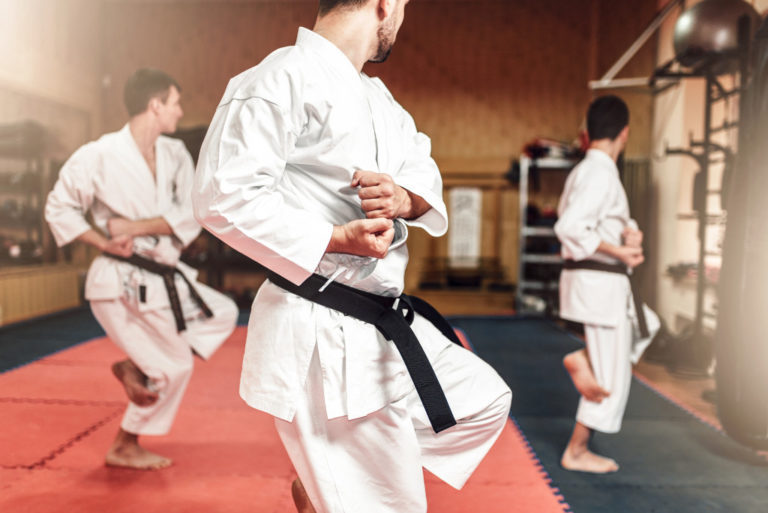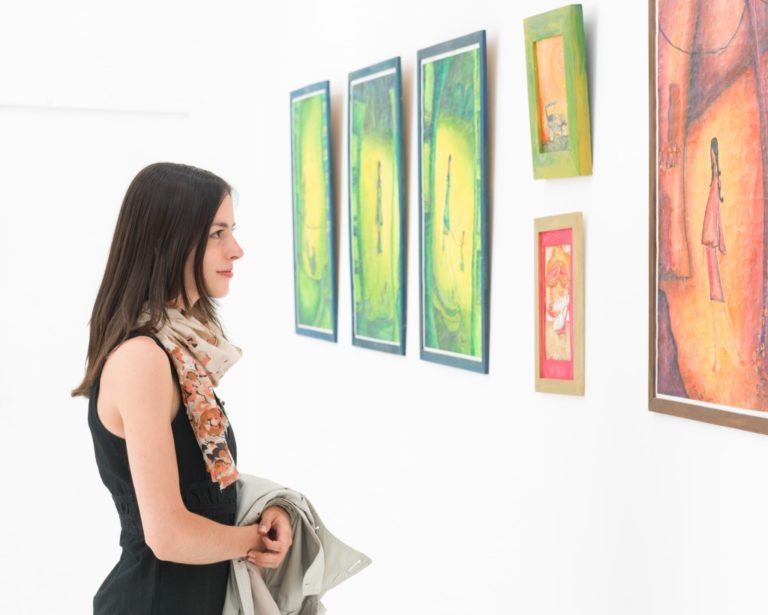E-commerce apps and websites where consumers can sell their used items are on the rise, and some department stores have dedicated a new space solely for second-hand items. Designer brands boom in this pre-owned goods industry, with hundreds of them available for prices as low as 70% of the original.
It has been expected that the number of consumers who buy secondhand will grow by 12%, a huge difference compared to the regular designer goods market of only 3%. This shows that the trend isn’t likely to slow down anytime soon, so if you’re thinking of a business that has high-profit potentials, definitely consider pre-loved designer goods.
How Second-hand Designer Goods Became Popular
The obvious reason for the boom of second-hand designer goods is the price. People can buy them cheaper, but more importantly, they’re sustainable.
With more consumers being more aware of the environmental impacts of their purchases, they’ve begun to reject disposable fashion. According to Cecile Wickman, founder of Rebelle, a resale website, the fashion industry is one of the biggest pollution contributors in the world, so their consumers are increasingly understanding the importance and positive impacts of extending the life of their garments.
This changed behavior has led to designer goods being included in the “reusing, repairing, recycling, gifting, and reselling” trend. Consumers who buy second-hand wish not just to save money, but to minimize the waste they may generate as well.
Furthermore, ownership attitudes have changed. People who buy designer goods are now treating their purchases more like rentals. They’ll wear them once or twice and then resell them afterwards. Sometimes, it’s due to the wrong size, or simply because they never wore them at all, in the first place.
Therefore, if your closet is also filled with designer items you never use anymore, especially bags and jewelry that are in-demand, this could be your sign to put them up in the market and earn a fortune from them.
How to Start a Second-hand Designer Goods Business

One of the most popular ways of selling pre-loved designer goods is through peer-to-peer marketplace services such as eBay, Poshmark, and Tradesy. They’re easy to use, and sellers are free decide how much they’d list their items for. The commission only ranges from 10% – 20%. A lot of work is involved, though; for example, if you’re selling pre-loved designer jewelry, you’ll be responsible for photographing your items, getting professional jewelry photo retouching services, posting, and shipping. You may also need to dedicate a lot of time to pricing research and customer service. If those would be too much for you, you may consider consignment.
In consignment, you only have to take your items to another seller (a.k.a. consignor), usually a brick-and-mortar store, but e-commerce sites are now available. The consignor will decide on a listing price, and they’ll be in charge of photographing, retouching, posting, marketing, and shipping your items to the buyer. The downside to this, however, is that you won’t be paid until your item gets sold, and the commission can go as high as 45%. Some sellers find this frustrating because there’s no guarantee that their items will be sold fast.
If you have capital, you can just invest in your own shop and be a consignor. Make a business plan, define a target market, buy inventory, and set up your shop. This is just time-consuming, what with the scouting of suppliers and business registrations, but considering the high commission rates, this option is promising as well, especially if you have a strong and loyal customer base.
With the world’s increasing awareness of sustainability, coupled with consumers’ economical preferences even for luxury goods, it’s definitely a great idea to start a pre-loved designer goods business. You get to earn a fortune while helping save the environment.












